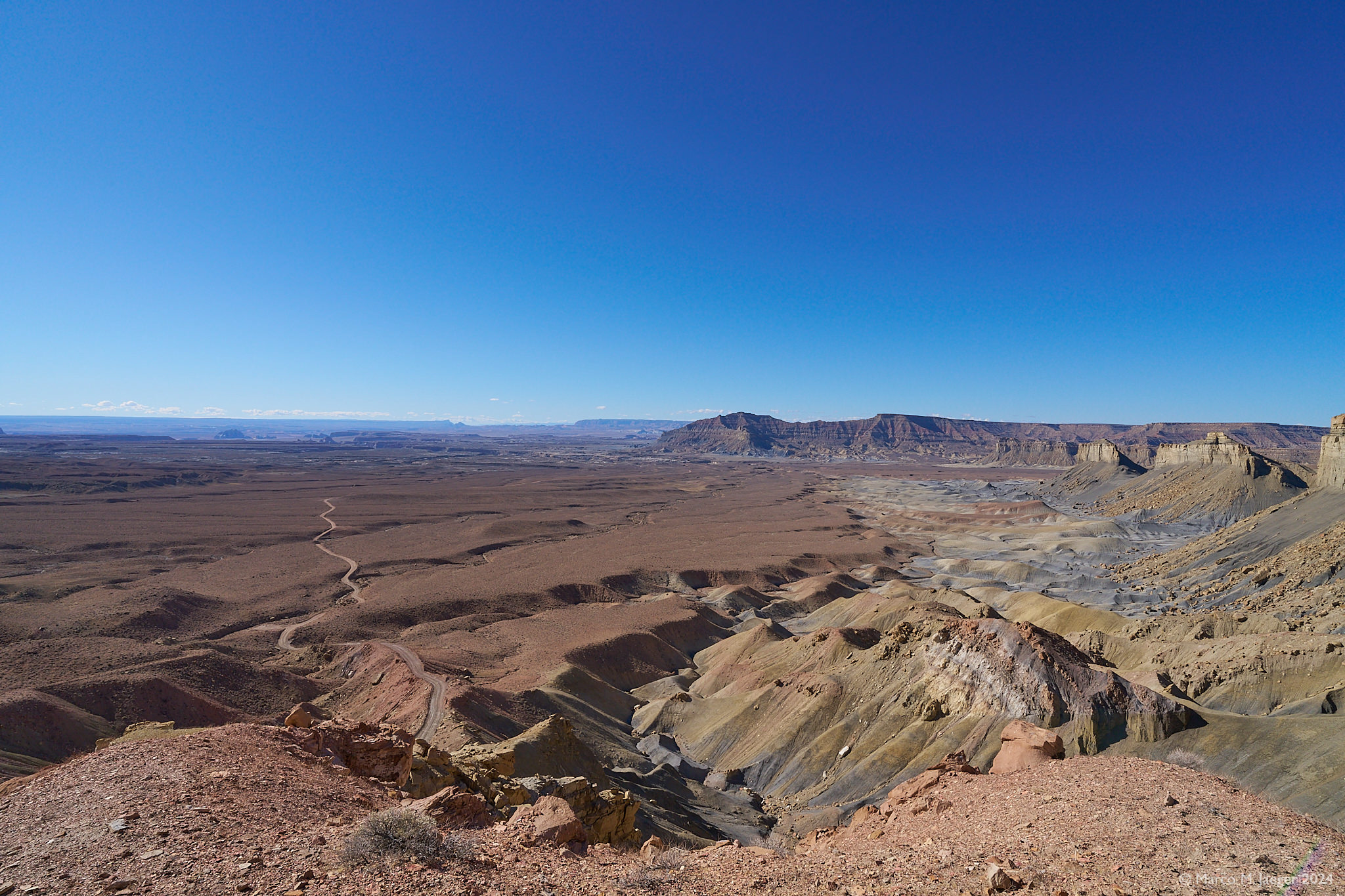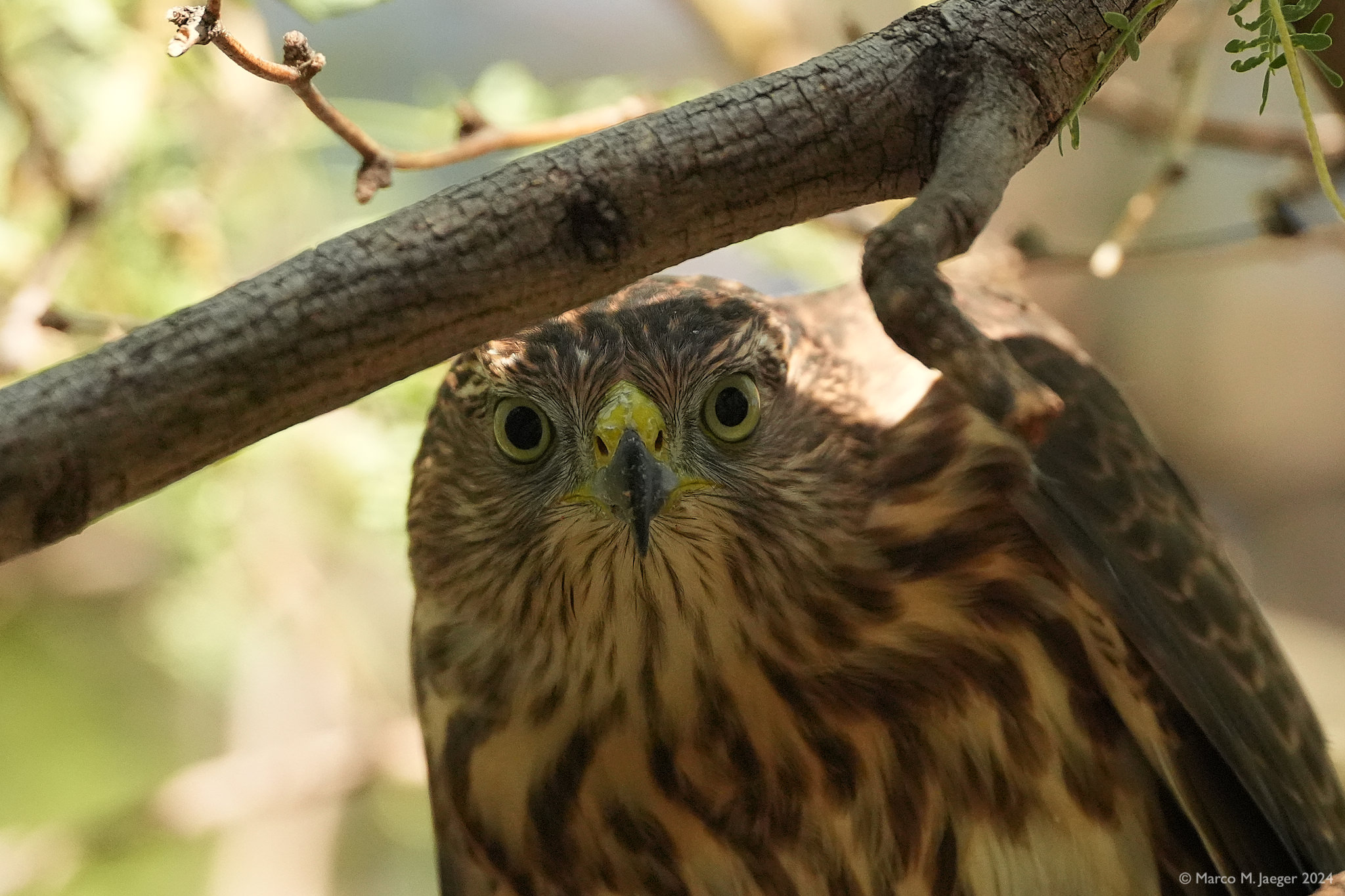Over the last few years we have periodically been visiting Tonto National Forest and Saguaro Lake. Last Spring we even had a close encounter with a rattle snake while hiking along the lake. We have always wondered about the yellow street signs along N Bush highway warning of “Horses” crossing the street – we passed through the area many times without seeing any at all. Moreover, if you want to park your car you’re required to buy a day pass which we didn’t have – meanwhile we got the national park pass which allows for unlimited visits and parking and we have started to explore the area more often as it is only about 30 to 45 mins away.
Sometimes we are lucky and see small groups of horses while at other times we don’t seem to be able to find any at all – what’s fascinating is to see how these horses are able to survive in this harsh environment – there is very little food and the temperatures in the desert on some days are close to 110F (43C) with not much shade to hide. Many of the horses have lots of scars – these could be caused by fights or from shrubs, bushes, and cacti.
On the weekends the beach at Saguaro Lake is crowded with families, with kids and dogs and during the week the place belongs to the horses. When we met the horses during the week they were shy but curious. We were picnicking with our friends and their two dogs at the lake and they came close to explore these 4-legged creatures. The other day they were ‘grazing’ in the middle of the river when people in canoes passed by them on either side. The stallion was alert but the rest of the herd didn’t even bother looking up. But, as soon as one starts moving towards them they start walking away always keeping a safe distance.
All over Arizona there are only about 500 wild horses left – around 1900 there were about 20,000. It is important that we protect these precious animals for future generations.
According to Arizona’s own historical records, wild horses have been living on the Salt River and the Salt River Valley since well before the Tonto National Forest was created in 1902, but more likely much longer.
An Arizona Champion Newspaper article, dated January 25, 1890, and located in the Arizona State Archives, classifies horses in the Salt River Valley as “native stock ” and “native animals”.
For people back then to classify the free roaming horses as native, there would have to have been a minimum of 5 or 6 generations who knew about their existence (equal to 100 years), proving they existed here since at least 1790.Mustangs are descendants of Spanish, or Iberian, horses that were brought to the Americas by Spanish explorers in the 16th century. The name was derived from the Spanish word mustengo, which means “ownerless beast”. Once escaped, these horses evolved without the influence of man and through survival of the fittest, evolved into the incredibly durable and tough breed we know today. The word Mustang or Wild Horse is used interchangeably.
Tracing the Salt River wild horses back, historic records indicate that in 1687 Missionary Father Eusebio Keno journeyed to Southern Arizona (then Sonora) Due to his efforts, missions and stockyards were developed, he reportedly left hundreds of horses and cattle at each mission. His many expeditions on horseback covered over 50,000 square miles. He had 6 successful missions in Arizona including in Phoenix. Father Kino remained in southern Arizona until his death in 1711.
Source: Salt River Wild Horse Management Group













